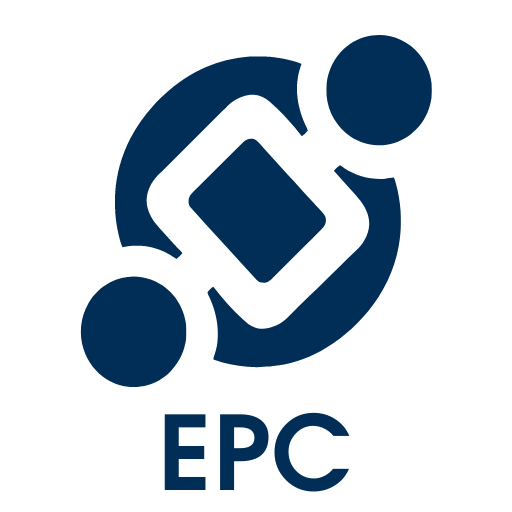Business Process Modeling Notation (BPMN) is a diagramming notation for business process models. It is emerging as the largest, most widely accepted business process modeling in the industry. BPMN creates a functional flow chart of different processes.
Modelers can assign the BPMN properties to Flow Objects when mapping processes on Graph Edit Mode to define business process behaviors.
Event Characteristics
Events are instances that occur during a business process. They are all characterized by circles, so it’s easy to identify them in a process. There are 3 kinds of events:
- Start Events, that mark the beginning of a process. These are represented by a green circle:
- End Events, that mark the completion of a process. These are represented by a red circle with a bold outline:
- Intermediate Events are contained within a process, between a start and end event. They are represented by a yellow circle with 2 thin lines:
Events can also be either Catching or Throwing.
- Catching events take place once a particular trigger is activated.
- They can be interrupting or non-interrupting, meaning that interrupting events stop the activities of the process and non-interrupting do not, allowing the process to continue.
- Interrupting events have a solid outline:
- Non-Interrupting events have a dotted outline:
- Interrupting events have a solid outline:
- They can be interrupting or non-interrupting, meaning that interrupting events stop the activities of the process and non-interrupting do not, allowing the process to continue.
- Throwing events, on the other hand, don’t need a trigger to be set off, they are activated by the process itself.
If you received an email, for example, during the process, it’s a catching event. If sending an email is a part of the process, it’s a throwing event.
Event Types
When editing the BPMN properties in the Graph Edit, users can chose the event’s types, which can be one of these 12:
- Message: Represents any type of communication that is required which is, but is not limited to, a letter, email, or call for example.
- Timer: Represents a time or date, like a countdown or time limits/restrictions.
- Escalation: Represents an activity that must be redirected to a higher level of responsibility. Generally, it is used in an event sub-process.
- Conditional: Represents a condition or rule that must be met or executed before proceeding with the process.
- Link: This one is unique because it only helps in mapping and understanding a process graph, as it replaces sequence flows (lines that connect flow objects to each other, which we will talk about shortly). It is useful if a process is so big that several pages are needed, where the link symbols would be the exit point of one page and the entry point of the other.
- Error: Represents an error that could occur in your process as a way to address and hopefully rectify it. An error can be anything.
- Cancel: Represents the cancellation of a transaction.
- Compensation: Represents the cancellation or fail of a business activity that requires a refund or “compensation”.
- Signal: Relatively similar to a message but which has no particular recipient and could be accessible to several people.
BPMN Symbols Overview
This section will provide you with a quick understanding of the basics. If you’re eager to dive deeper and have a handy guide on hand, you can download our comprehensive PDF by clicking here. It provides detailed insights into BPMN notation, helping you enhance your knowledge at your own pace.
| BPMN Property | Symbol | Flow Object |
|---|---|---|
| Ad-hoc |  |
Sub-process Task |
| Compensation |  |
Sub-process Task |
| Loop Characteristic | Loop:  Parallel:  Sequential:  |
Sub-process Task |
| Task Type | Abstract: no symbol Send:  Receive:  User:  Manual:  Business Rule:  Service:  Script:  |
Task |
| Gateway Type | None: no symbol Exclusive:  Inclusive:  Parallel:  Complex:  Exclusive – Event Based:  Exclusive – Event Based – Start:  Parallel – Event Based – Start:  |
Gateway |
| Event Characteristic | Start – Interrupting – Catching:  Start – Non-Interrupting – Catching:  Intermediate – Interrupting – Catching:  Intermediate – Non-Interrupting – Catching:  Intermediate – Interrupting – Throwing:  End – Throwing:  |
Event |
| Event Type | None: no symbol Message:  Timer:  Escalation:  Conditional:  Link:  Error:  Cancel:  Compensation:  Signal:  Multiple:  Parallel Multiple:  Terminate:  |
Event |
| Transition Type | Sequence flow:  Default Flow:  Conditional Flow:  Message Flow:  Association:  Directed Association:  Bidirected Association:  Conversation:  |
Transition |
This section will cover how to assign BPMN Properties for the following shapes:
To learn more about the BPMN methodology and BPMN properties, click here.
Need more help with this?
Visit the Support Portal







